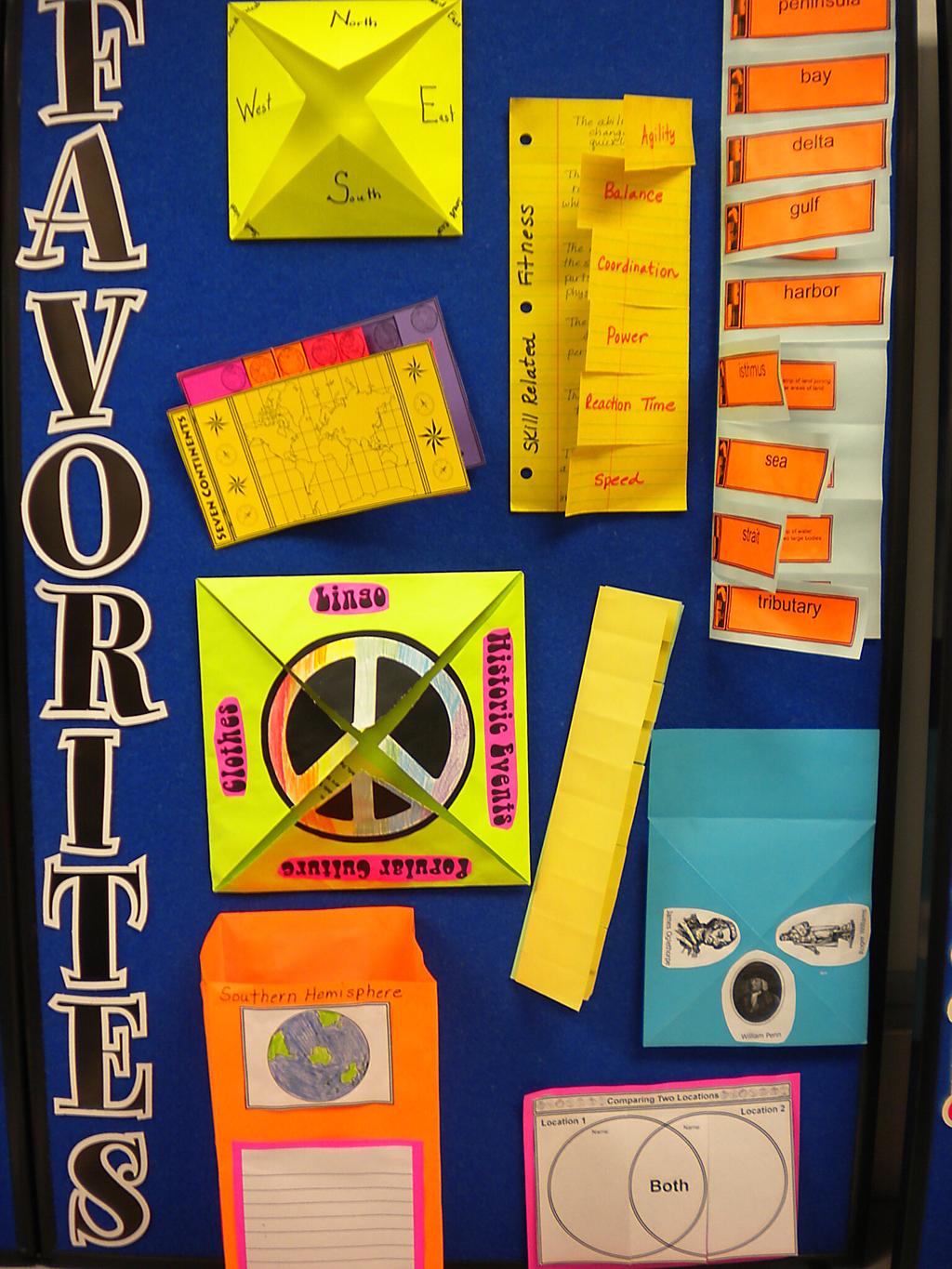Foldables are nothing new to most K-12 educators. It seems that a foldable craze hits districts or buildings every few years. Made popular by Dinah Zike, I currently blame Pinterest for the resurgence of the things.
Our school has had several trainings on them recently. Thankfully, they have all been department-specific and I have yet to receive an invitation. This is fine with me, you see, because I am convinced that foldables are a complete scam. Many teachers are drawn to them because they are so visually appealing and fun to make. They create a beautiful finished product, filled with all of the incredible things that your students have just learned, that is impressive to parents and administrators alike. Like many projects, I believe that their value is negated by the massive amount of class time needed to do them well.
The idea behind foldables is that they are a fun, visually stimulated way for students to organize information. A quick google image search will show you thousands of examples of really beautiful and clever ways to create foldables that give story elements for a recently finished novel, timelines for historical events, and a plethora of other graphic organizers. They are truly portfolio-worthy products that students can keep to study from or reference for much time to come.
However, if you have ever tried making a foldable with your class, you will quickly discover two things: (1) it is going to take way longer than you anticipated, and (2) most of the finished products are going to be a far cry from the quality of your beautiful example. In order to create high quality foldables, most of the teachers in our school have taken to printing out the information that goes in them, and simply having students cut, paste, fold, and add detail. While the kids are left with a fun study guide, was it really worth the class time? Couldn't they just as have easily taken Cornell Notes or drawn a graphic organizer like a story elements glove? Construction paper is not cheap, and class time is precious. I do not believe that foldables are the best use of our time or resources as teachers. What could have been accomplished in a more "boring" way ends up taking an entire class period, or often more than that! Beyond that, many teachers eliminate the evaluative and other higher-order thinking skills that give value to the project in the interest of producing quality finished products.
I should say that I have seen many people make super-quick, sloppy foldables that I think are just fine. Kids basically make tears and folds in pieces of lined paper and then add information, and it gives them a break from the ordinary note taking yet doesn't create the demand for much class time because they are supposed to be sloppy.
Have you ever undertaken a project that you quickly realized was simply not worth the class time needed to complete it? Developed a solution that makes a previously time-sucking activity go snippity quick? Had a positive experience with foldables? I'd love to hear about them!





